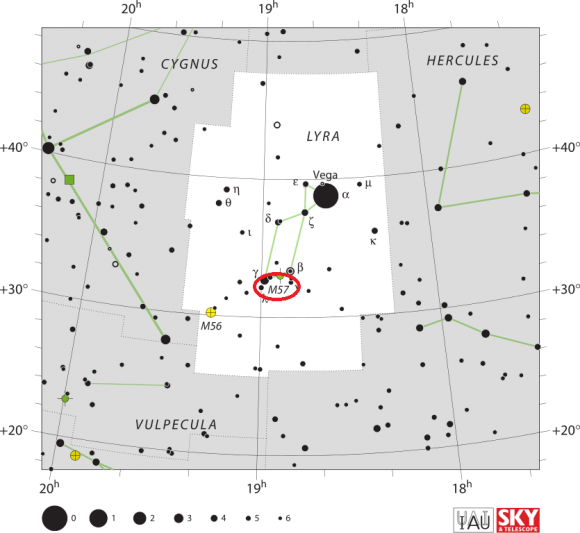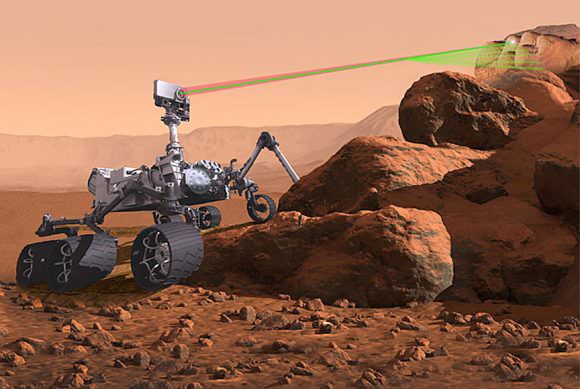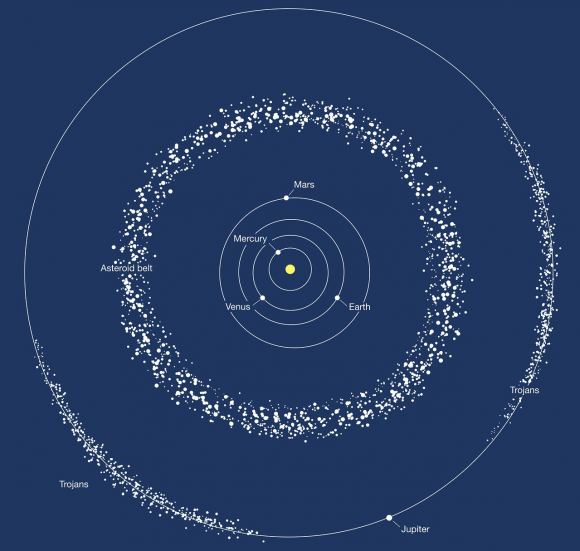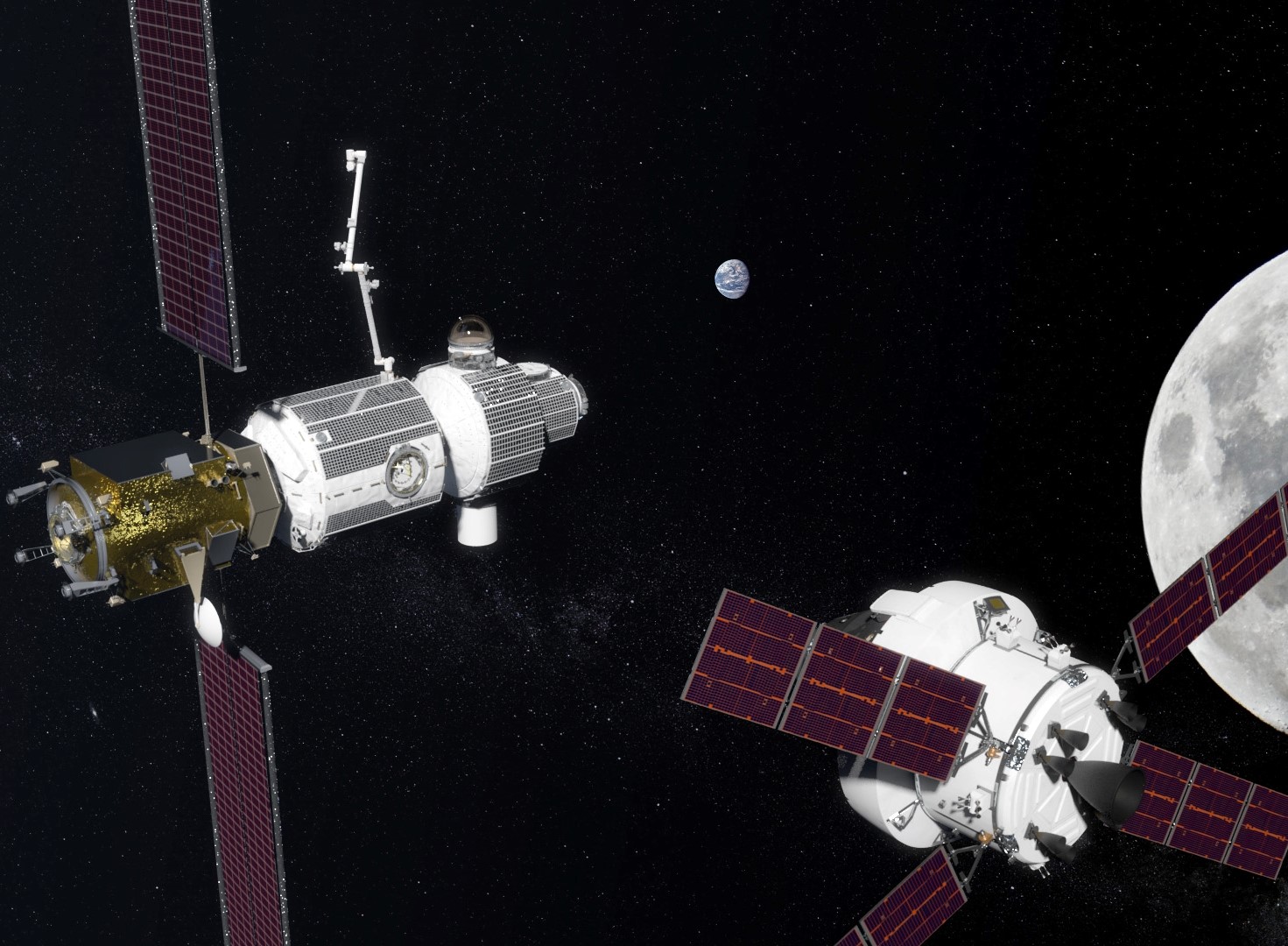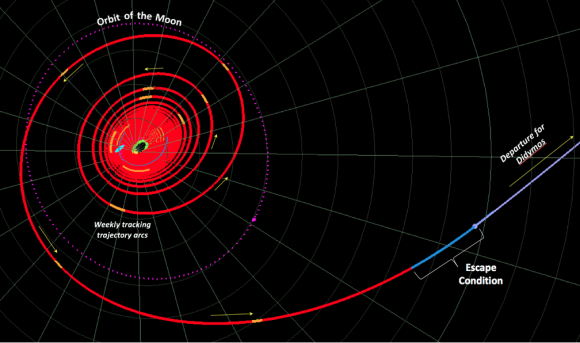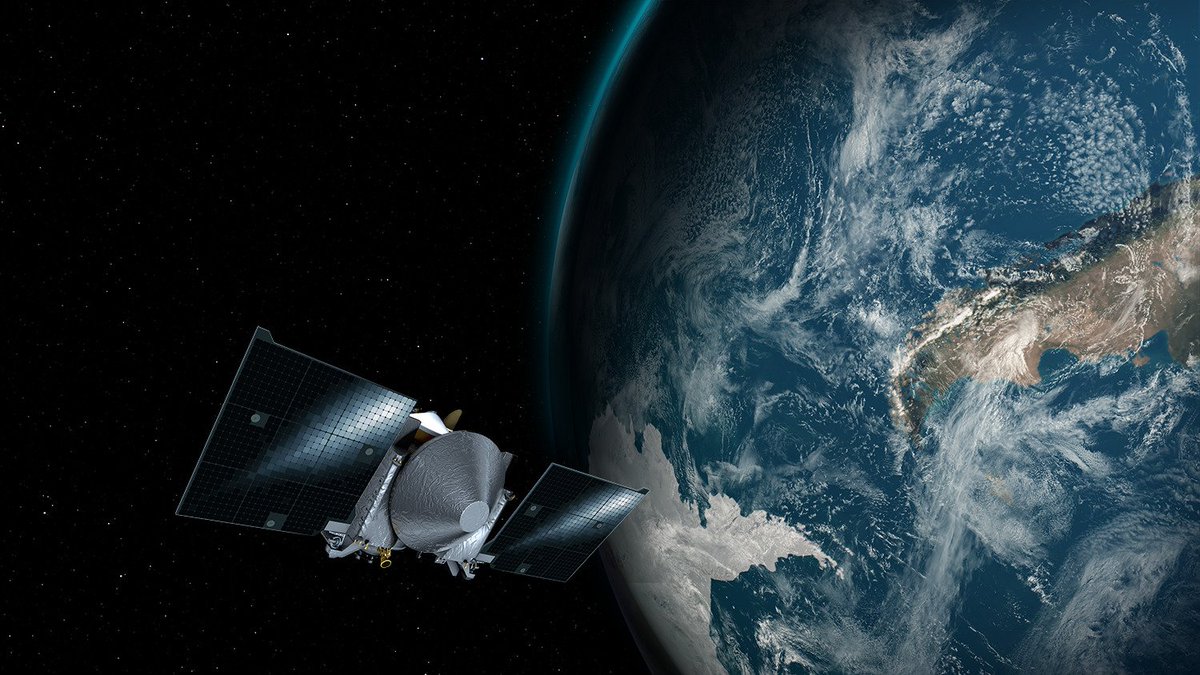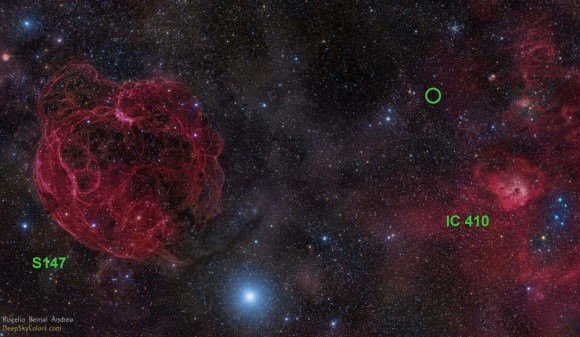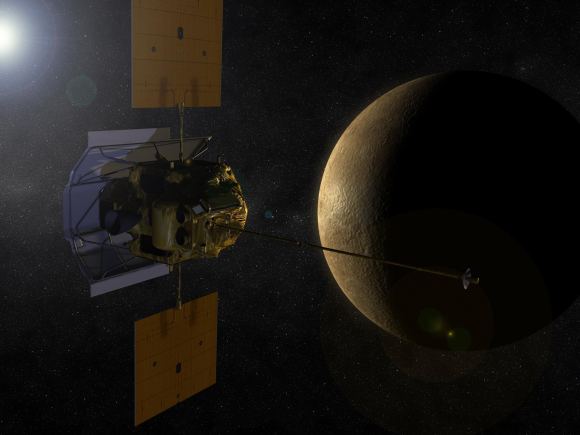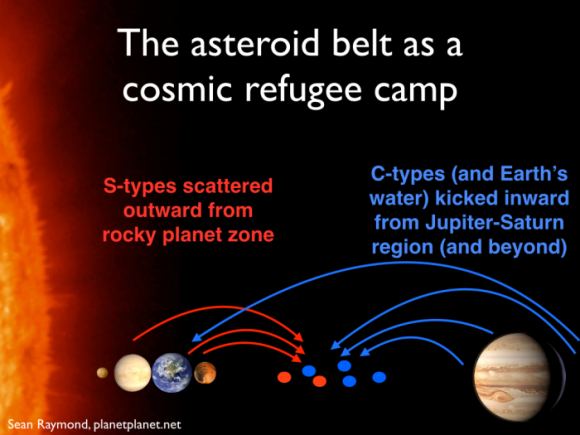The material that obscures supermassive black holes
Cristina Ramos Almeida, researcher at the IAC, and Claudio Ricci, from the Institute of Astronomy of the Universidad Católica de Chile, have published a review in Nature Astronomy on the material that obscures active galactic nuclei obtained from infrared and X-ray observations. Powered by WPeMaticoRead More →
